Fjord focus: Swapping the North East for Norway's natural charms
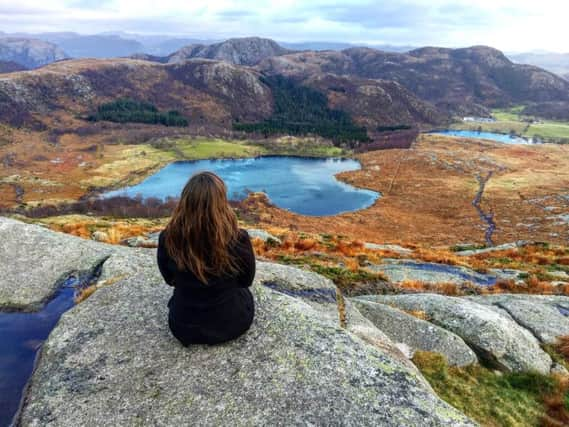

After its fairytale fjords and voracious Vikings, steep drink prices seem to be this stunning country’s other claim to fame.
Yes, you can expect to pay more for your tipples, but this Scandinavian nation offers more than enough compensation for its non-bargain booze.
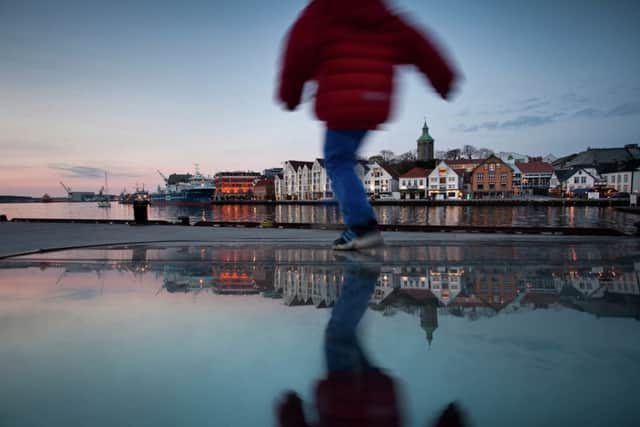

Advertisement
Hide AdAdvertisement
Hide AdI flew direct from Newcastle to Stavanger with BMI Regional, a one hour ten-minute flight that transports you to the country’s third largest city and gateway to the fjords.
These striking geographical erosions cut through the land like a samurai sword through silk and have rightly earned their title as the country’s most famous feature.
From Stavanger marina you can take a catamaran cruise to Lysefjord, a 26-mile long fjord which weaves its way through the land, leaving behind it mythical tales of trolls and vagabonds, waterfalls and look out points that leave you feeling as though you’re on top of the world - and you quite literally are.
Back on the boat, you can learn more about the rich culture and folklore of Norway, such as the Viking kings who once walked the land or the heart-shaped hole in a rock, said to be left there by a troll whose heart was broken by unrequited love. (We’ve all been there).
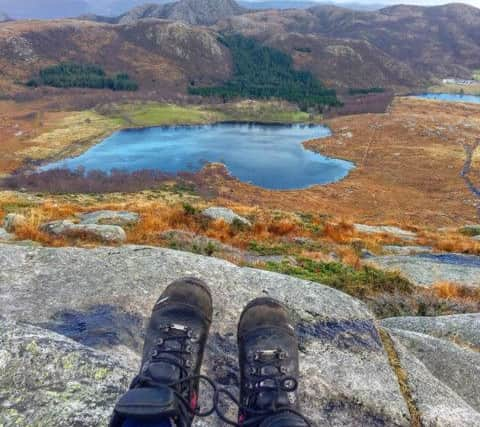

Advertisement
Hide AdAdvertisement
Hide AdIf you’re feeling thirsty why not do as we did and grab a bucket to collect some waterfall water when the cruise gets close enough – you can’t get fresher than that.
The Rodne Fjord cruise, which departs daily in the summer and Wednesday-Sunday in the winter, also takes you past Pulpit Rock, which has become a geological poster boy for the region with its distinctive flat plateau which towers 604 metres above the fjord.
No one does picture-perfect peaks quite like Norway and further inland you can reach new heights on one of this region’s many mountain hikes.
Pulling on a waterproof is somewhat of a national past-time here and there’s miles upon picturesque miles of trails where you can stretch your legs.
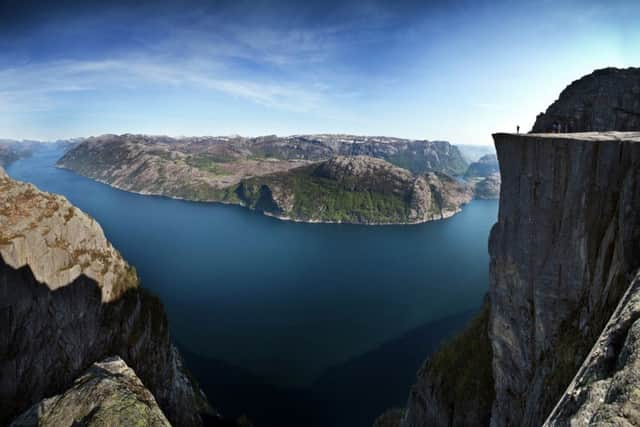

Advertisement
Hide AdAdvertisement
Hide AdThe paths are as rugged as the landscape so you’ll need sturdy walking boots. My trainers didn’t quite cut the mustard, but there’s hire places where you can borrow suitable shoes for the occasion. This is a country perfectly geared towards exploring the great outdoors.
Suitably booted, we set off for Dalsnuten, a mountain around a half hour drive from Stavanger which offers awe-inspiring views of the peninsula and surrounding islands.
It takes around 45 minutes to make the 2km ascent to the top and though you’ll end up scrambling up boulders for the last bit it’s worth the effort. The views are film set stuff: sweeping vistas of undulating mountains, punctuated by lakes and, on our visit, the warm pumpkin and caramel hues of autumn.
The Stavanger region doesn’t just offer a feast of natural beauty, back in the city you can learn about how the people who call this place home made a living from land and sea.
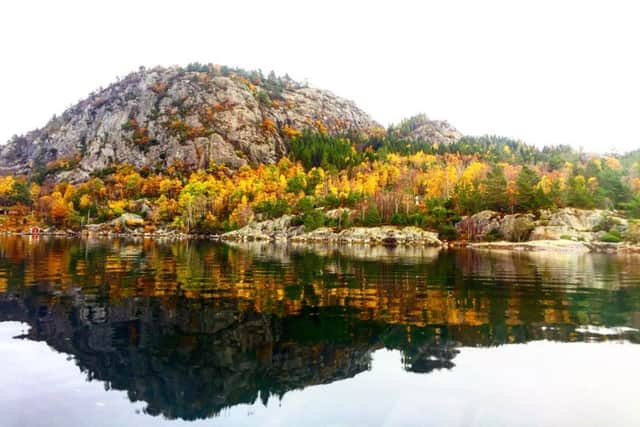

Advertisement
Hide AdAdvertisement
Hide AdHead to Old Stavanger, which is home to 173 white wooden houses straight from a Norwegian picture postcard, and you can learn about one of its oldest industries.
Dating back to the turn of the 18th Century, these traditional cottages were once the abode of those who worked in the Norwegian canning industry. Long before oil was found, this was the lifeblood of Stavanger which exported tonnes of tinned sardines across the globe. During the industry’s peak, from 1870 to 1930, 70% of the country’s exported canned fish products were sent from the port here.
Though the industry – and smell – may be long gone from the area, a Canning Museum stands as a testament to this once-thriving industry in one of the former factories.
Inside you can learn how the workers’ nimble digits could pack a tin in seconds after swiftly decapitating and smoking the sardines, making this city a big fish in the canning industry. Visit on a Tuesday or Thursday during the summer and you can even try some of the sardines when they fire up the old ovens.
Advertisement
Hide AdAdvertisement
Hide AdFast-forward to the present day and Stavanger is a city with a real buzz: a slick blend of boutique shops, restaurants and cafes that are interspersed with thought-provoking public art works, from towering murals of horses that gallop across the side of apartment blocks to iron sculptures of the oft-forgotten homeless - no wonder this city was awarded European Capital of Culture in 2008.
If there was such a thing as a European Capital of Amazing Landscapes, it would probably win that too.
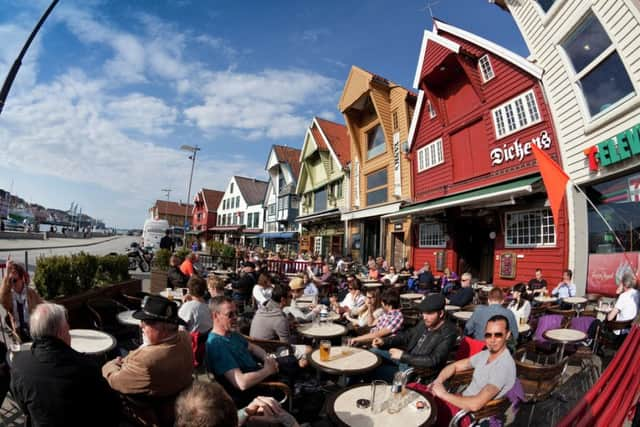

Eating out
As you’d expect from a city with such a high quality of living, Stavanger is home to a host of top class restaurants and bars, complete with outdoor heaters and blankets so you can enjoy that crisp Scandinavian air over a glass of wine.
It’s a city with a rich larder on its doorstep: the sea. As such, many of the menus feature fish caught that day, with halibut being a particular local favourite.
Advertisement
Hide AdAdvertisement
Hide Ad•For fish served Japanese style check out the Hall Toll sushi restaurant in the marina, a smart eaterie with trendy lighting and fittings that’s been opened in an imposing building once used to store barrels of herring.
•Another restaurant worth writing home about is Renaa: Matbaren, it’s a brasserie spin-off to the adjacent Re-naa, the first Norwegian restaurant outside of Oslo to be given a coveted Michelin star. The restaurants are the brainchild of celebrated chef Sven Erik Renaa who prides himself on using local produce.
On our visit the brasserie offered winter warmers such as Arctic char baked in the Josper grill with forest mushrooms and mussels, priced 259 Krone (£25), so not too dissimilar to prices for a main of this ilk at home. It’s fine dining, yet informal, and fun too with contemporary artworks, including neon light features, adorning the walls. For daytime dining there’s plenty of cafes and bistros to whet your appetite for Nordic fare.
•Overlooking the marina is Fisketorget, a combined restaurant and fish market where you can cast your eye over a kaleidoscope of fish varieties before tucking into options such as matured herring and potato with horseradish cream and ever-changing catch of the day and traditional fish specials.
Advertisement
Hide AdAdvertisement
Hide Ad•Over the road at Fish and Cow the menu does what it says on the tin and focuses on fish and meat - though kitchens will happily rustle up vegetarian versions for those with dietary requirements. Like its culinary neighbours, this is a restaurant that doesn’t faff about with food. Though the food is beautifully presented, the focus is on showcasing the abundance of fresh, local produce on its doorstep.
Alternative ways to see the city
•It turns out Segways aren’t as difficult as they look. Honest! We took a tour with GuideCampaniet who offer guided Segway tours of the city.
After a quick session to get you used to this more unusual mode of transport, you’re off. Being on two wheels is a fun and speedy way to see this compact city, especially the Nuart Festival. A host of eye-catching and thought-provoking murals appear on the side of city centre buildings as part of this international contemporary street and urban art festival, which has been held annually in Stavanger since 2001.
•Everyone likes a good thriller and for another off-the-wall way to see the city you can take part in one of the ghost tours, which explore the dark side of Stavanger. From the drowning of witches in the lake to a poisonous murder, this tour tells you of the underbelly of the city which was founded around its cathedral in 1125.
Getting there
Advertisement
Hide AdAdvertisement
Hide Ad•Katy travelled direct from Newcastle Airport to Stavanger Airport, which is a 17 minute taxi ride from the city centre. Flights run six times a week (Sunday to Friday) with BMI Regional with one way flights starting from £80. As with all BMI fares, the price includes 23kg of hold luggage, allocated seating, complimentary in-flight drinks and snacks and speedy 30 minute check-ins. www.bmiregional.com.
•She stayed at the Best Western Victoria Hotel which lies in the heart of the city and is a stone’s throw from all of the city’s attractions. Everything is reachable on foot from most hotels, no need for taxis.
•For information on Stavanger city centre and the surrounding region visit http://www.regionstavanger-ryfylke.com/